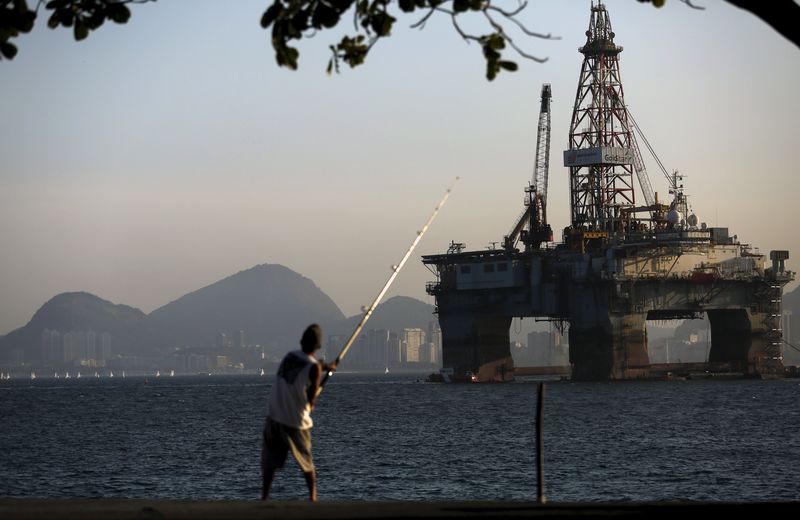Investing.com - The OPEC vs. U.S. shale oil battle is back, injecting fresh uncertainty into crude markets amid 8-month lows in crude prices and sanctions on Iranian exports.
Barely a day after the U.S. midterm elections, where President Donald Trump had counted on major oil-producing allies of the United States keeping crude prices low to appeal to his conservative base of voters, OPEC suggested it was ready to cut output in a bid to shore up a market that had lost 20% of its value in the past five weeks. The producers' cartel is scheduled to meet next on Dec. 6.
U.S. shale production, meanwhile, reached new record highs, with the Energy Information Administration announcing on Wednesday a weekly crude output of 11.6 million barrels per day. The EIA also cited a seventh-straight weekly rise in U.S. crude inventories, with stockpiles growing by 5.8 million barrels last week vs forecasts for a 2.4 million increase. Six of the past seven weeks have seen outsize builds.
The conflicting picture of OPEC wanting to cut production vs U.S. output bursting at the seams pitched crude oil markets into new uncertain ground.
U.S. WTI settled down 54 cents, or 1%, at $61.67 per barrel, after hitting a March low of $61.20. Earlier in the session, the U.S. crude market had risen nearly $1 earlier. Since early October, WTI has lost about 20%, falling into bear market territory, after hitting four-year highs of nearly $77.
U.K. Brent crude, the international benchmark for oil, was off 2 cents, or 0.03%, to $72.11 per barrel. That was about 17% off Brent's four-year highs above $86 hit last month. Earlier on Wednesday, Brent was down as much as 76 cents.
Oil prices jumped 20% over a five-month period after Trump canceled in May an Obama-era deal with Iran that let Tehran export oil in exchange for curbs on its nuclear program.
But after hitting four-year highs, the market tanked over the past five weeks on OPEC kingpin Saudi Arabia's initial assurance that it will pump as much crude as necessary to make up for the lost Iranian exports, estimated at anywhere between 1.5 million and 2.5 million bpd. This week, as the sanctions on Tehran officially began, the Trump administration issued waivers to eight countries to continue importing from the Islamic Republic over the next six months. That depressed crude prices further.
But OPEC sources told Reuters Wednesday the cartel could return to production cuts by next year, which seemed to suggest a change in the Saudi stance.
Earlier, Russia's TASS news agency reported that Russia and Saudi Arabia had started bilateral discussions over possible curbs to output in 2019.
"This is an indication that they are not willing to let oil prices fall," Scott Shelton, broker at ICAP (LON:NXGN) in Durham, N.C., said.
Trump weighed in on the Iran situation on Wednesday, taking credit for driving the market lower and ensuring Brent did not get to $100 a barrel as many had speculated a month ago.
“That’s because of me," the president told a White House news conference. “If you look at oil prices they’ve come down very substantially over the last couple of months.”
"I did it because I don’t want to drive oil prices up to $100 per barrel, because I’m driving them down,” he added.
